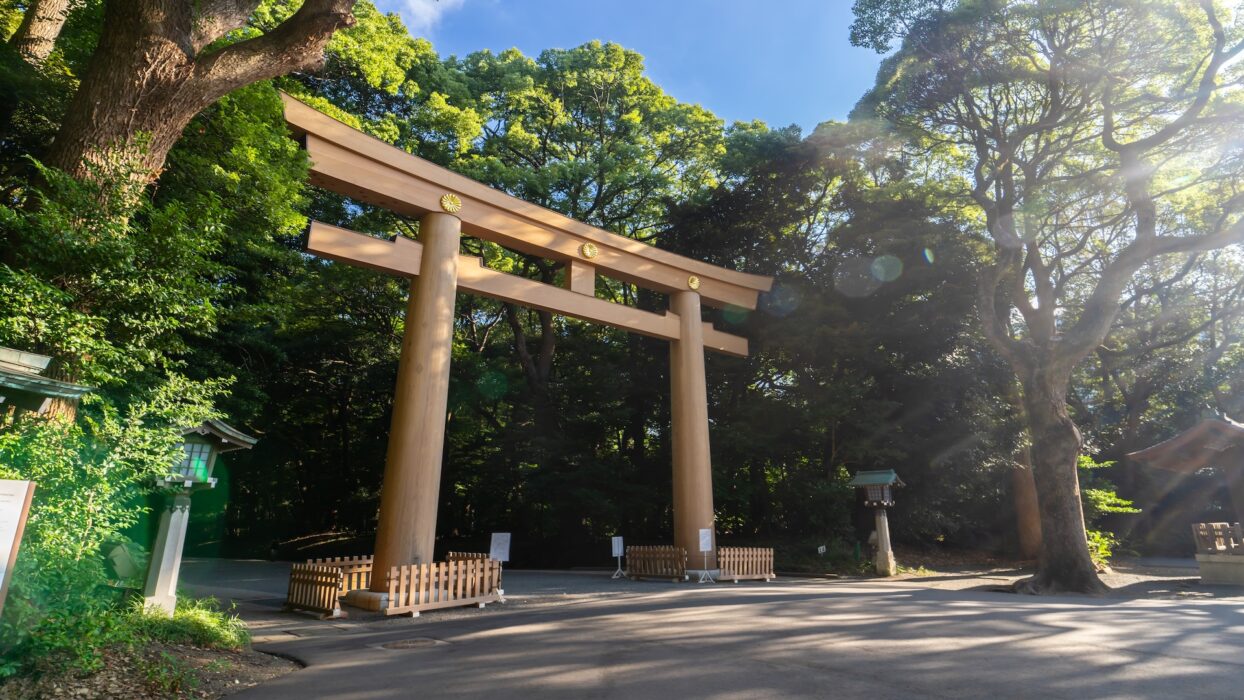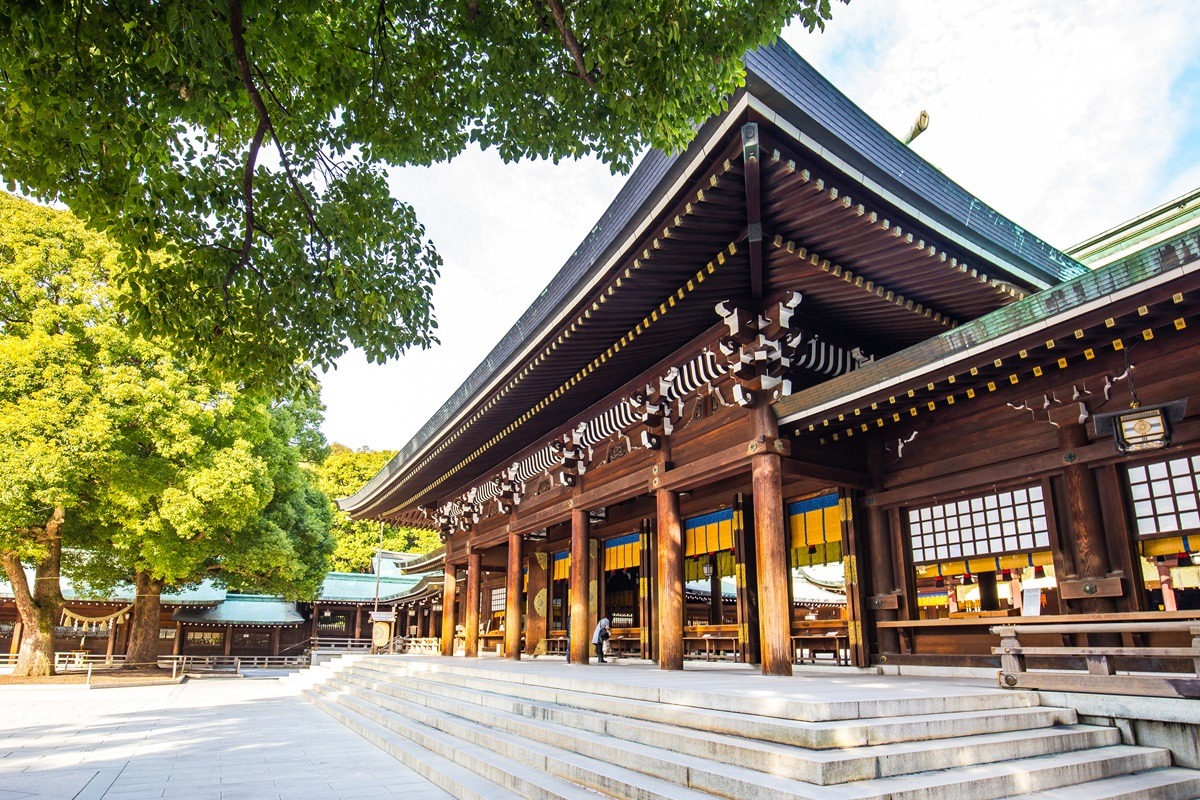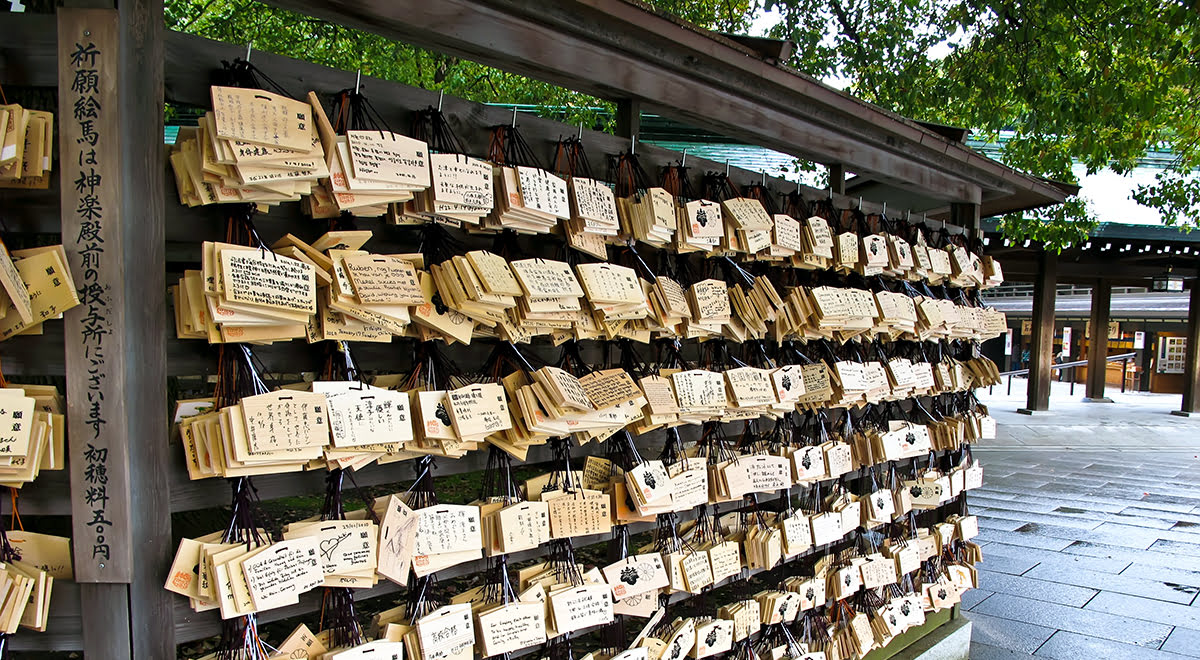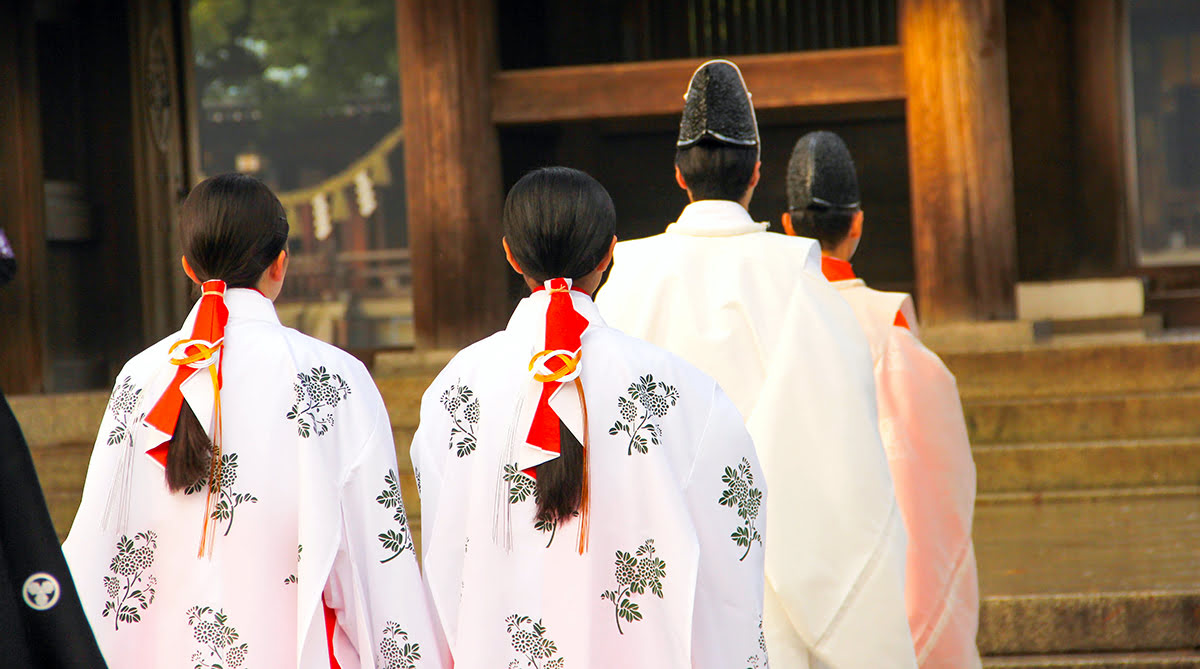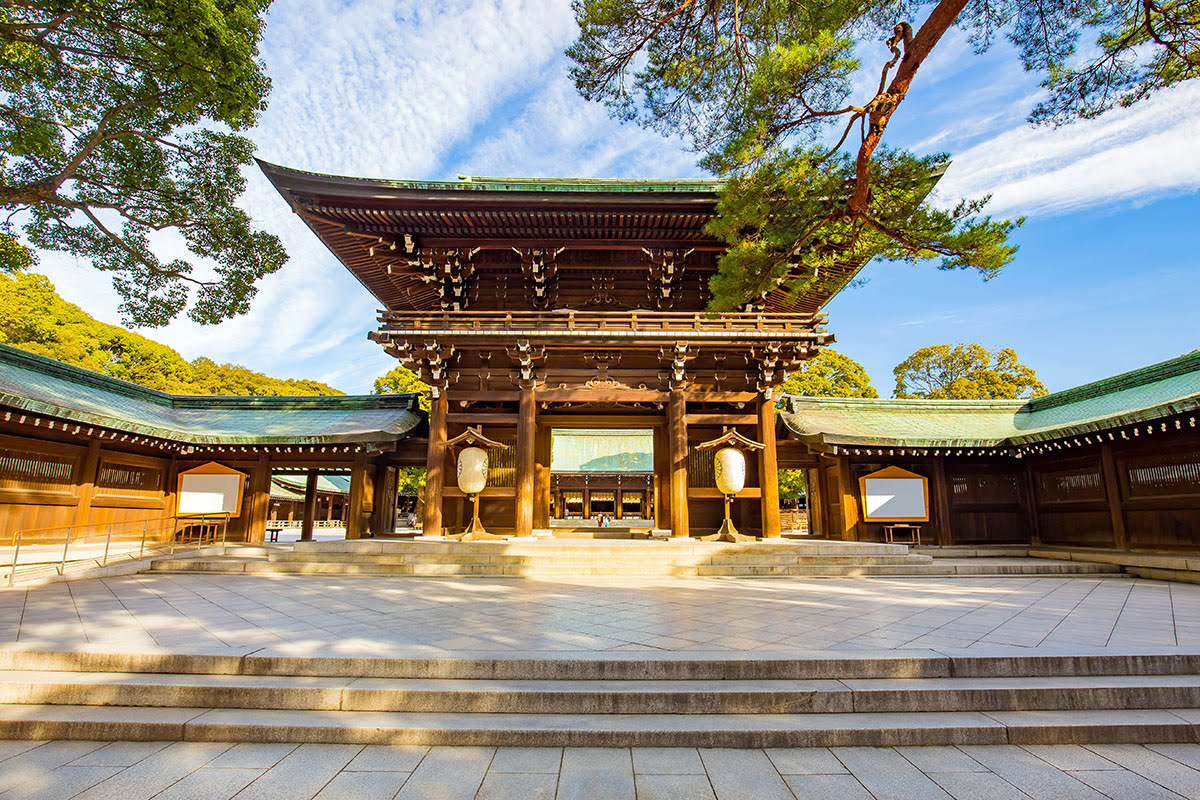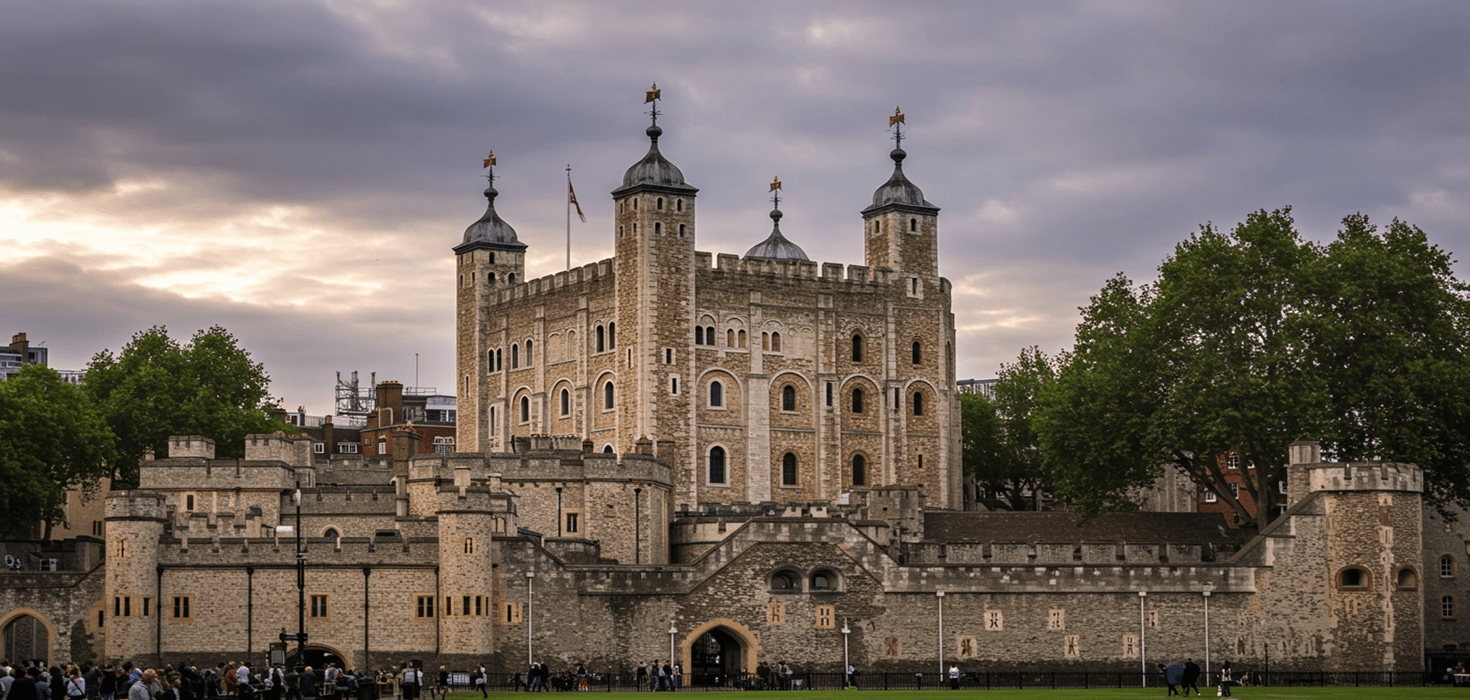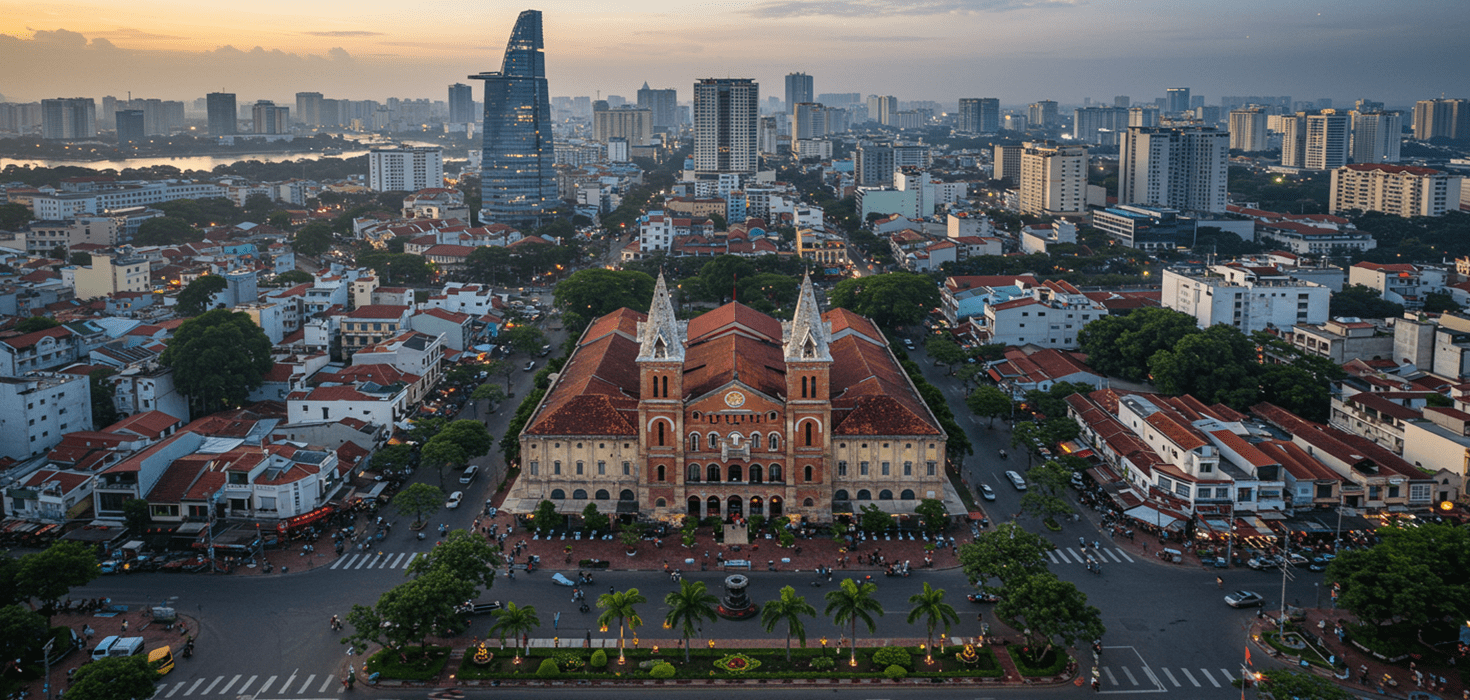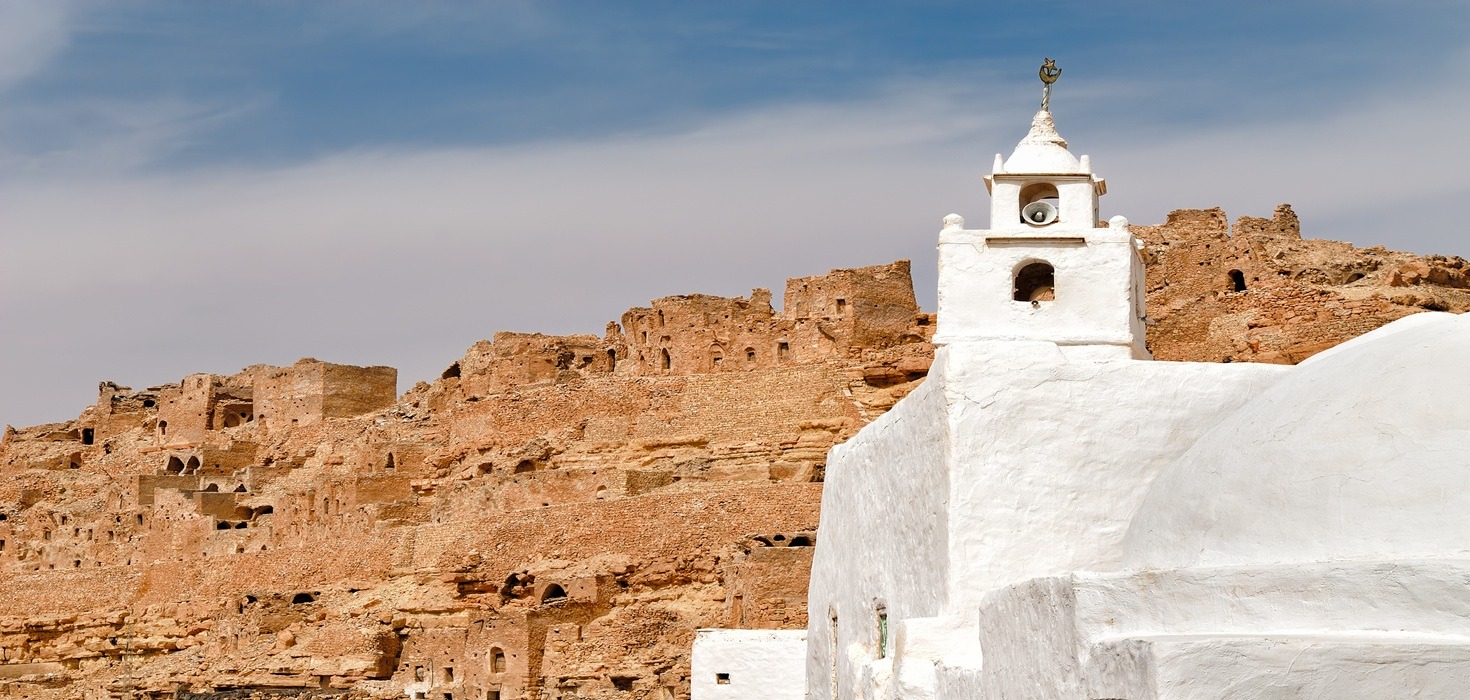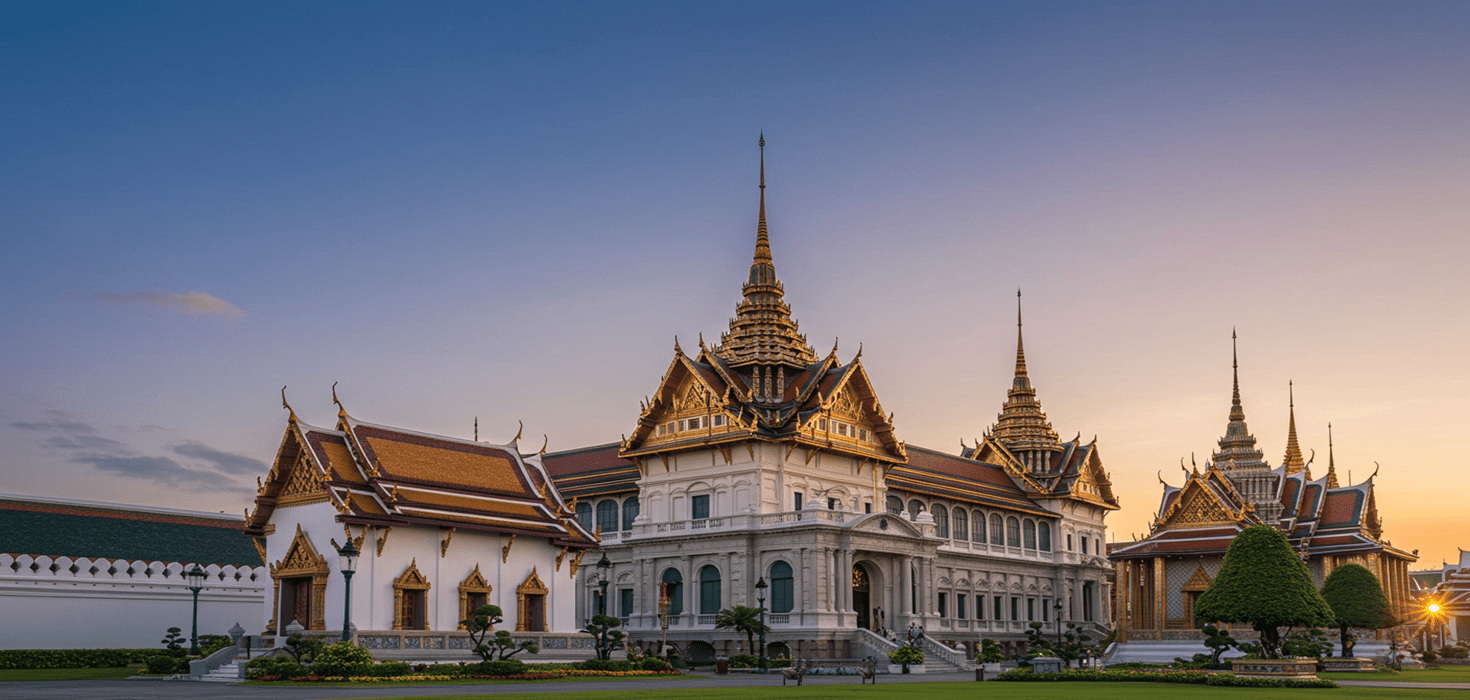Welcome to the tranquil heart of Tokyo, where urban sophistication meets serene spirituality. The Meiji Shrine, or Meiji Jingu, is an iconic Shinto shrine that offers a peaceful retreat amidst the bustling metropolis. Nestled within a lush forest, the shrine is a testament to Japan’s rich cultural tapestry and a must-visit for anyone traveling to Tokyo.
The Historical Significance of Meiji Shrine
The Meiji Shrine was constructed to honor Emperor Meiji and Empress Shoken, significant figures who played pivotal roles in the modernization of Japan during the Meiji Restoration. Completed in 1920, the shrine stands as a symbol of national pride and a place for the people of Japan to pay their respects. Its historical and cultural significance makes it one of the most important religious sites in Japan.
Emperor Meiji and Empress Shoken
Emperor Meiji, the 122nd Emperor of Japan, reigned from 1867 to 1912. His reign marked the Meiji Era, a period of significant transformation as Japan moved from a feudal society to a modern state. Empress Shoken, known for her advocacy of women’s education and welfare, was equally revered. The couple’s contributions to Japan’s development are commemorated at Meiji Shrine, making it a site of profound reverence.
Architectural Marvels and Key Attractions
Meiji Shrine’s architectural elegance is a blend of traditional Shinto design and modern aesthetics. As you walk through the grand torii gate, you are transported into a world where ancient traditions thrive amidst nature’s beauty. Key attractions within the shrine include the main hall, the Meiji Jingu Inner Garden, and the sacred trees that populate the expansive forested area.
The Grand Torii Gate
One of the largest torii gates in Japan marks the entrance to Meiji Shrine. Standing 12 meters high, this magnificent gate is a prelude to the serenity that awaits inside. The gate, made from 1,500-year-old cypress wood, symbolizes the threshold between the secular world and the spiritual realm.
Meiji Jingu Inner Garden
The Inner Garden is a meticulously maintained garden that showcases the beauty of Japan’s flora. It features a pond teeming with aquatic life, seasonal flowers, and lush greenery that offers visitors a peaceful retreat. The garden is a favorite spot for contemplation and leisurely strolls.
Experiencing Shinto Rituals and Practices
Experiencing the Shinto rituals at Meiji Shrine provides a glimpse into Japan’s spiritual heritage. Visitors can participate in various traditional practices, such as writing wishes on ema plaques or making offerings at the main hall. The shrine also hosts Shinto ceremonies and cultural events throughout the year, offering a deeper understanding of Japanese customs.
Ema Plaques
At Meiji Shrine, worshippers and visitors alike write their prayers and wishes on small wooden tablets called ema plaques. These plaques are then hung at the shrine, where the spirits of Emperor Meiji and Empress Shoken are believed to receive them. This practice reflects the deep-seated cultural traditions of supplication and gratitude in Japan.
Best Times to Visit Meiji Shrine
Meiji Shrine is a year-round destination, but certain times of the year offer unique experiences. The shrine is particularly breathtaking during the cherry blossom season in spring and the autumn foliage in fall. Additionally, the New Year celebrations at Meiji Shrine attract millions of visitors who come to participate in traditional Hatsumode prayers for the upcoming year.
Cherry Blossom Season
The cherry blossoms at Meiji Shrine, usually in full bloom from late March to early April, create a picturesque setting. The shrine’s Inner Garden boasts beautiful sakura trees that transform the area into a pink wonderland, perfect for a tranquil hanami (flower viewing) experience.
Autumn Foliage
From mid-November to early December, the shrine is adorned with vibrant autumn leaves, offering a stunning contrast to its serene environment. The golden ginkgo trees and fiery maple leaves make for an unforgettable visit, with ample opportunities for photography enthusiasts.
New Year Celebrations (Hatsumode)
The Hatsumode at Meiji Shrine is one of the most significant Shinto events in Japan. On January 1st, the shrine welcomes over three million visitors, making it one of the busiest days of the year. People come to offer their first prayers, purchase omamori (charms), and draw omikuji (fortune slips) for good luck. The atmosphere is festive and imbued with hope and new beginnings.
Nearby Attractions and Activities
Visiting Meiji Shrine also allows you to explore other interesting attractions in the vicinity. Located in the Shibuya district, you are within walking distance of vibrant areas like Harajuku and Omotesando, which offer eclectic shopping experiences, trendy cafes, and more.
Harajuku
Harajuku is a fashion-forward district known for its quirky street styles, vibrant boutiques, and youthful spirit. Nearby attractions include Takeshita Street, which is lined with shops selling everything from trendy clothing to delicious crepes. Harajuku is also home to the serene Yoyogi Park, perfect for a leisurely stroll.
Omotesando
Omotesando is known as Tokyo’s Champs-Élysées, a tree-lined avenue featuring high-end shops, art galleries, and chic cafes. It’s an excellent place for an afternoon of shopping and dining, with numerous options to suit all tastes. Omotesando Hills is a notable landmark, offering a blend of luxury shops and unique Japanese aesthetics.
Practical Tips for Travelers
To make the most of your visit to Meiji Shrine, here are some practical tips:
- How to Get There: Meiji Shrine is easily accessible from Harajuku Station (JR Yamanote Line) and Meiji-Jingumae Station (Tokyo Metro Chiyoda and Fukutoshin Lines).
- Opening Hours: The shrine is open from sunrise to sunset, with specific times varying by season.
- Entrance Fee: Entry to the shrine grounds is free. However, the Inner Garden and Treasure Museum require a small admission fee.
- Respectful Attire: As a religious site, visitors are encouraged to wear respectful attire. Avoid loud and revealing clothing.
- Other Etiquette: Be respectful of the shrine’s customs. Purify your hands and mouth at the chozuya (purification fountain) before approaching the main hall for prayers.

